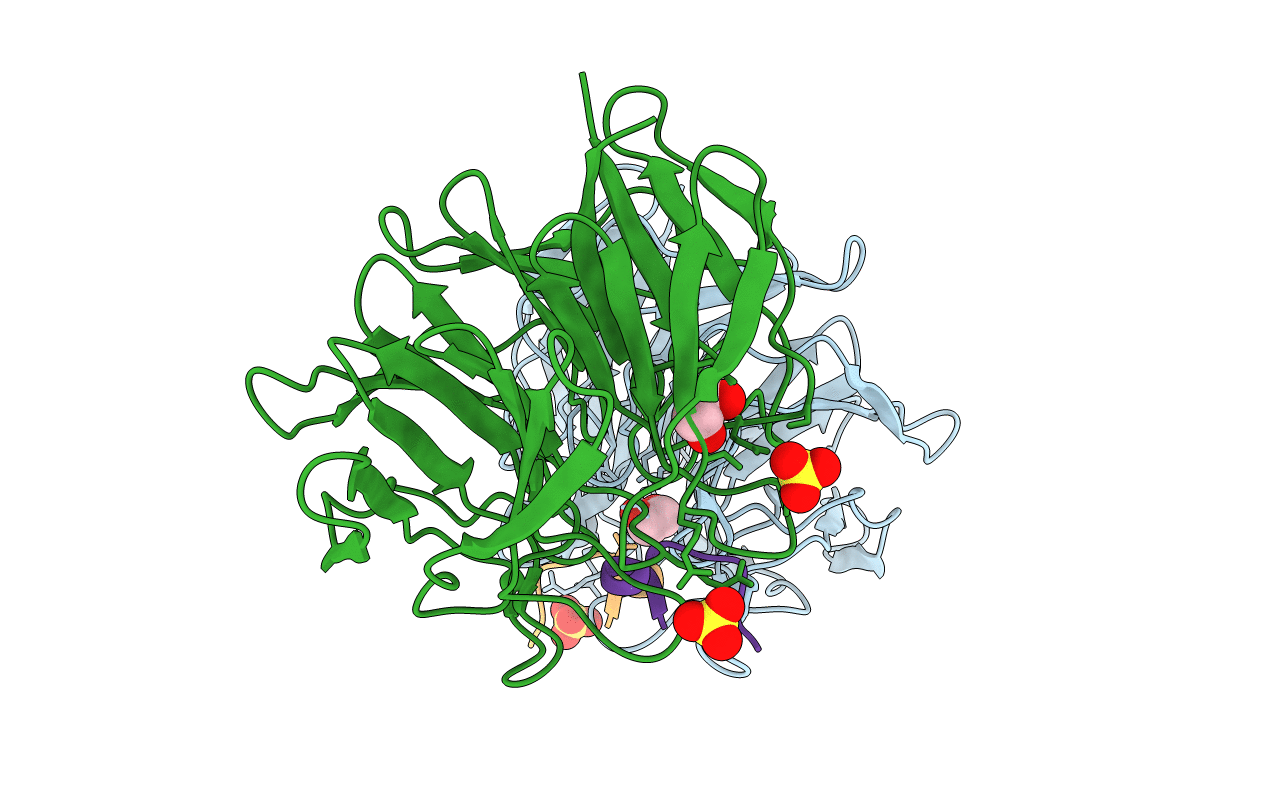
Deposition Date
2013-11-29
Release Date
2014-01-08
Last Version Date
2024-10-23
Entry Detail
PDB ID:
4CH9
Keywords:
Title:
Crystal structure of the human KLHL3 Kelch domain in complex with a WNK4 peptide
Biological Source:
Source Organism:
HOMO SAPIENS (Taxon ID: 9606)
Host Organism:
Method Details:
Experimental Method:
Resolution:
1.84 Å
R-Value Free:
0.18
R-Value Work:
0.14
R-Value Observed:
0.14
Space Group:
P 21 21 21


